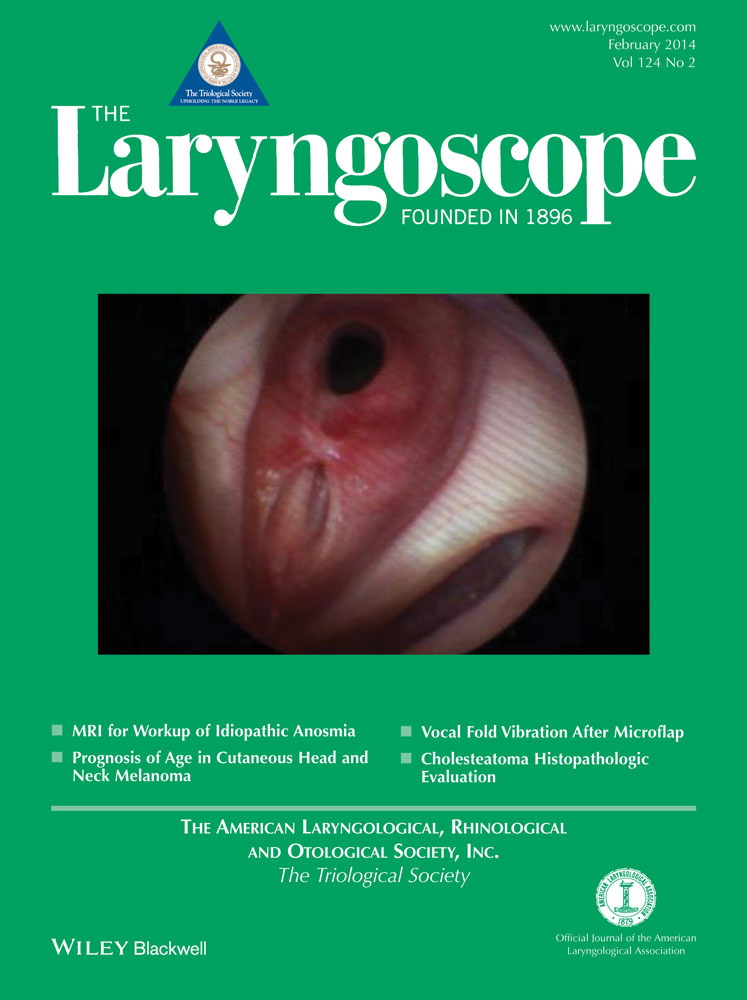Autologous myoblasts attenuate atrophy and improve tongue force in a denervated tongue model: A pilot study
The authors have no funding, financial relationships, or conflicts of interest to disclose.
Abstract
Objectives/Hypothesis
Autologous muscle-derived stem cell (MdSC) therapy is a promising treatment to restore function. No group has evaluated MdSC therapy in a denervated tongue model. The purpose of this pilot investigation was to determine the extent of autologous MdSC survival, effects on tongue muscle atrophy, maximal contractile force, and lingual pressure in a denervated ovine tongue model.
Study Design
Pilot animal experiment.
Methods
Bilateral implantable cuff electrodes were placed around the hypoglossal nerves in two Dorper cross ewes. Tensometer and high-resolution manometry (HRM) testing were performed during supermaximum hypoglossal nerve stimulation to assess baseline tongue strength. Sternocleidomastoid muscle biopsies were acquired to create autologous MdSC cultures. At 1 month, 5 × 108 green fluorescent protein (GFP)-labeled autologous MdSCs were injected into the partially denervated tongue. Two-months postinjection, lingual tensometer testing, HRM, and postmortem histological assessment were performed.
Results
GFP+ myofibers were identified in denervated tongue specimens indicating MdSC survival. Muscle fiber diameter was larger in GFP+ fibers for both tongue specimens, suggesting attenuation of muscle atrophy. Myofiber diameter was larger in GFP+ myofibers than preinjury diameters, providing evidence of new muscle formation. These myogenic changes led to a 27% increase in maximal tongue contractile force and a 54% increase in maximum base of tongue pressure in one animal.
Conclusions
Autologous MdSC therapy may be a viable treatment for the partially denervated tongue, with current findings demonstrating that injected MdSCs survived and fused with tongue myofibers, with a resultant increase in myofiber diameter and an increase in tongue strength.
Level of Evidence
N/A. Laryngoscope, 124:E20–E26, 2014




